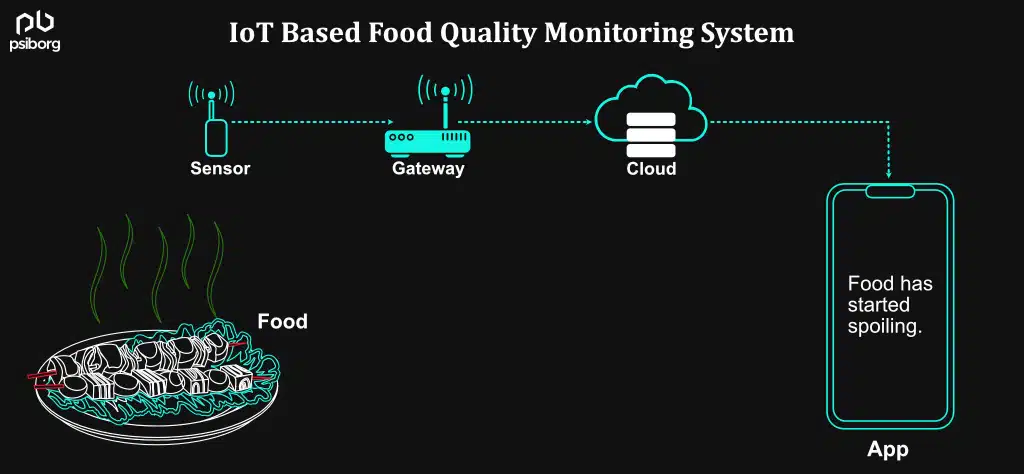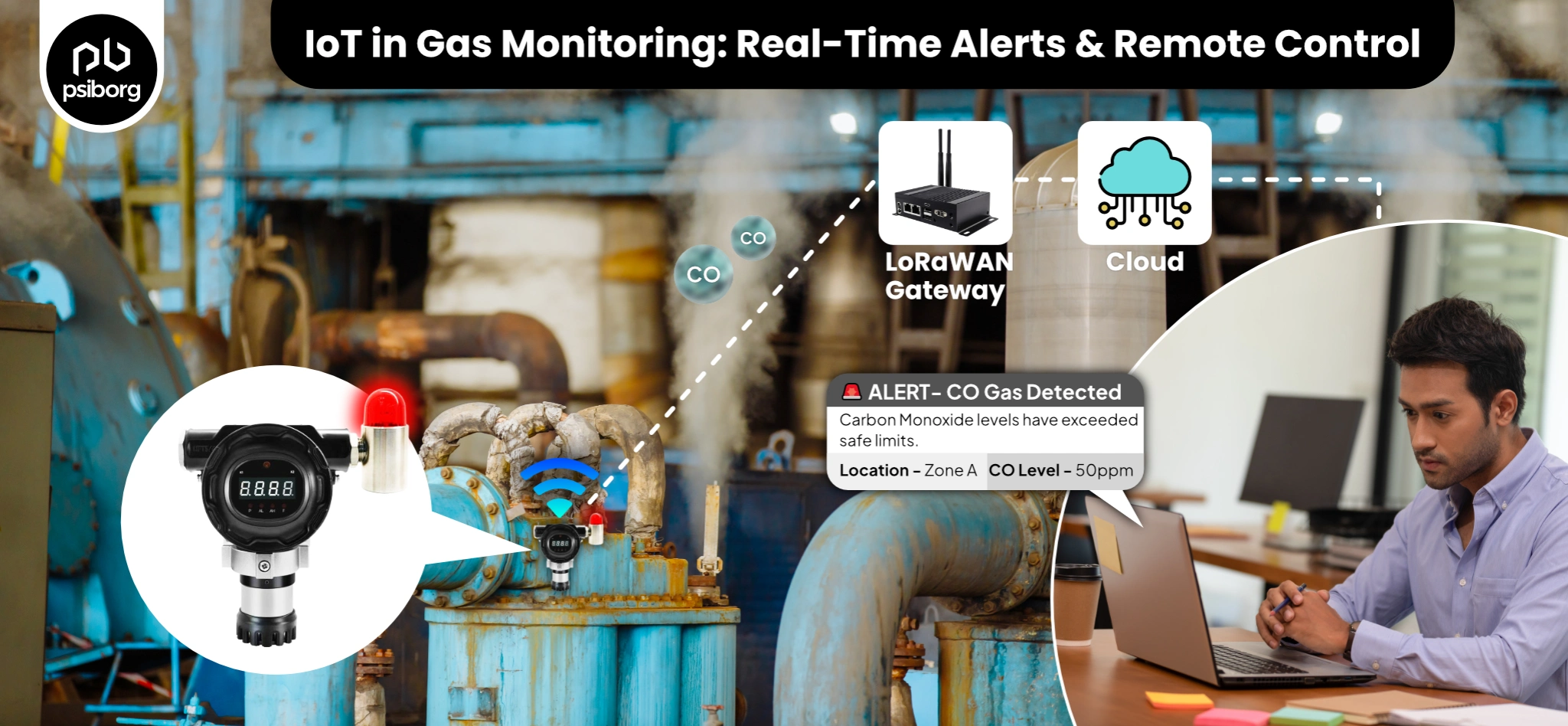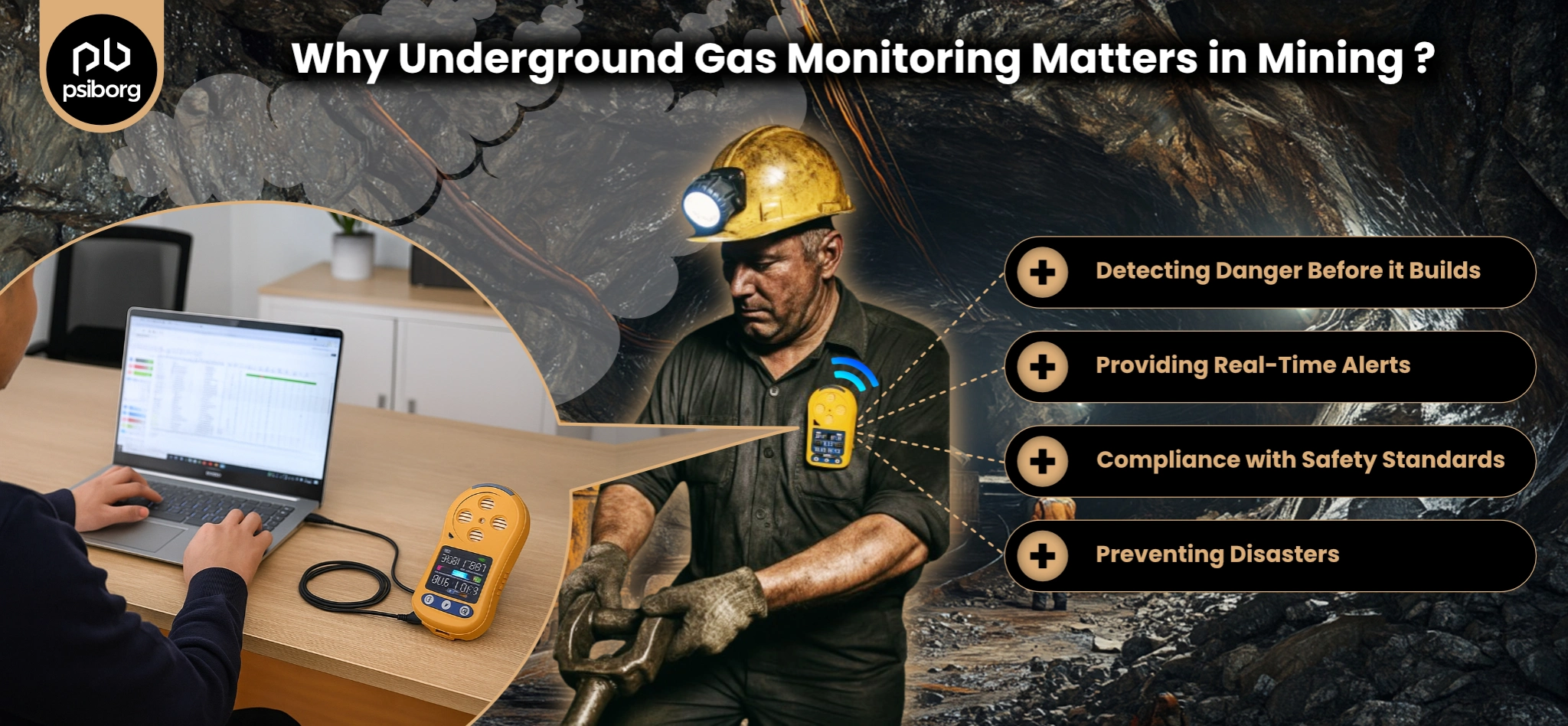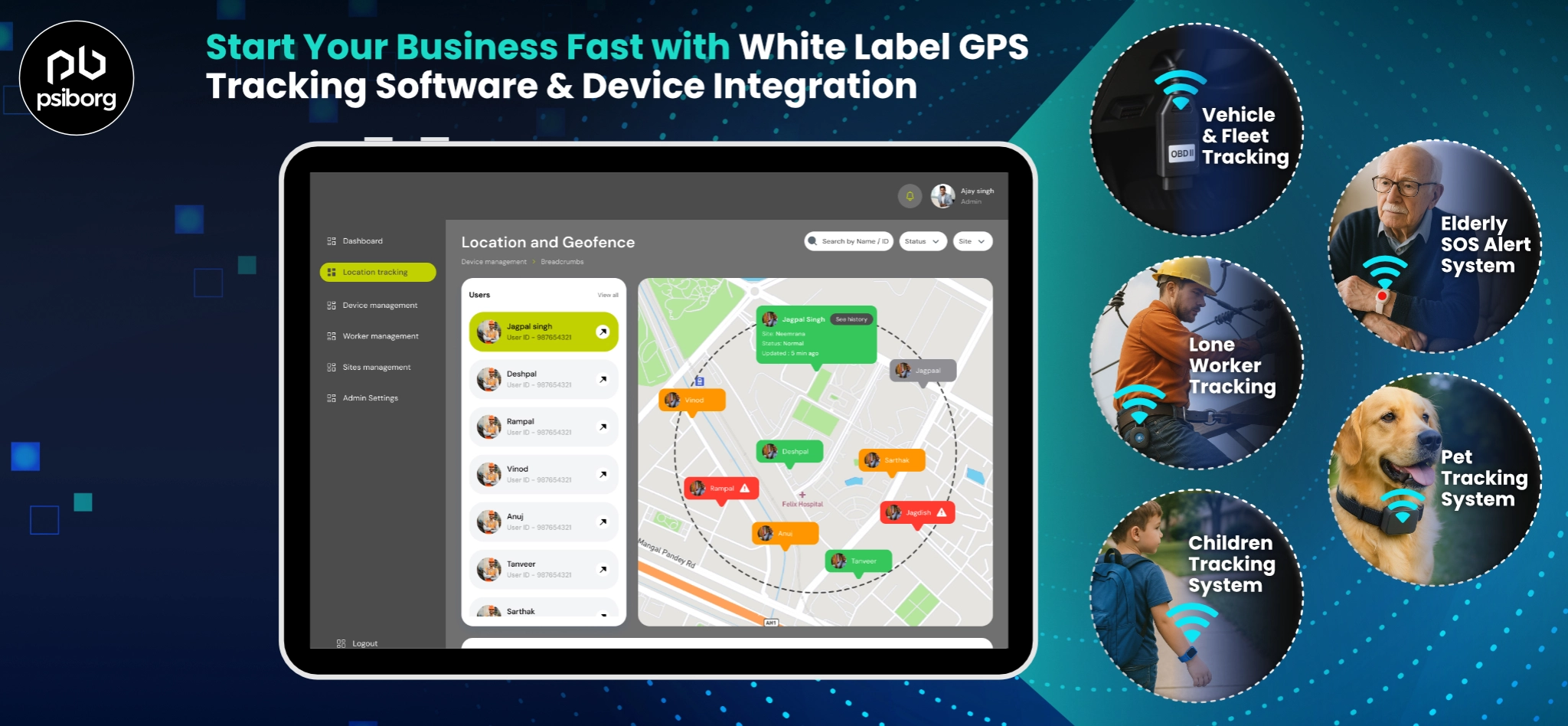When we watch the news regarding food safety incidents and their severe consequences for public health, we all get scared. Especially during festivals, the news is loaded with food adulteration scandals.
Incidents like this dire the high need for a smart food quality monitoring system.
Since you clicked and landed on this page, it means you are looking for a food quality monitoring solution and want to learn something new.
So, without wasting your time, let’s get started on how an IoT-based food quality detection system works and why you need one.
WHY DO YOU NEED AN IOT-BASED SMART FOOD QUALITY MONITORING SYSTEM?
Food safety and hygiene are and will always be major concerns to prevent food wastage.
The quality of the food we consume needs to be monitored and must be prevented from rotting and decaying by atmospheric factors like temperature, humidity, bacteria, and more.
Food contamination is the biggest problem facing all food production and supply companies.
One reason for food contamination is improper food handling. Due to unsuitable environmental conditions, there is a risk of contamination and spoilage of food during transportation and storage.
Food poisoning can be caused by various factors, such as changes in light intensity, temperature, alcohol content, and humidity.
Restaurants, stores, and food manufacturing companies must comply with food quality and safety regulations. However, the packaged foods, vegetables, and products we consume in our daily lives do not provide quality as temperature, humidity, and oxygen content fluctuate from time to time.
Plus, maintaining food quality is a major challenge for the food supply chain, stores, and warehouses.
Every food manufacturing firm wants to attract more and more customers, but ensuring consumer health is the best tactic to attract loyal customers.
An IoT-based smart food quality monitoring system is the best solution for such firms.
By integrating sensors, smart devices, and remote web servers, one can monitor and analyze ambient conditions and the quality of the product, thus preventing its spoilage.
WHAT DO GLOBAL STATS HAVE TO SAY?
Food safety and monitoring are important responsibilities of the food service industry because improper preparation and unsafe temperatures can have a very real impact on public health.
As many as 48 million people get sick from foodborne diseases each year, and 128,000 are hospitalized.
On top of that, 1.3 billion tons of food is being wasted worldwide. According to a study by the NRDC, supermarkets throw away 43 billion pounds of food every year.
Another report by The Food Trust says that approximately 50% of the produce is thrown out while still edible.
Now imagine, if we can save even a fraction of such food waste, how many people can benefit from it?
With IoT-based smart food monitoring solutions, you can analyze several variables and get actionable metrics.
This smart solution can influence different areas like harvesting, processing, distribution channels, and shelf life in retail grocery stores.
HOW DOES AN IOT-BASED FOOD QUALITY DETECTION AND MONITORING SYSTEM WORK?

A smart food quality monitoring system helps food businesses ascertain that their food is safe for consumption. The system does this by tracking food temperatures throughout the food journey, from manufacturing, processing, and storage to scale.
The food quality monitoring solution senses parameters like temperature, humidity, alcohol content, and light in the surrounding environment as they largely affect the quality and nutritional value of food items.
So the food monitoring system works in the following way:
– This food quality detection system can be installed in a food store. Once it’s installed and properly powered on, it connects to the internet through Wi-Fi and starts reading the information received from the interfaced sensors.
– The sensors embedded in the system are generally temperature sensors, humidity sensors, LDR sensors, and MQ3 sensors.
– The temperature and humidity sensor relays a real-time temperature and humidity reading every 5 seconds.
– On the other hand, the MQ3 sensor detects the release of gases like ethanol. When food starts to spoil, it emits ethanol-like gases. The MQ3 sensors detect the concentration of such gases and relay the message.
– A microcontroller collects all this data from the sensors and processes it. These data are then passed on to the IoT dashboard for display and visualization.
– So, if a sensor detects a value exceeding its set value, a red light will glow and a notification will be sent to the phone through the WiFi module.
This is how you will get real-time updates on the quality of food and vegetables so that you can make informed decisions.
MONITOR THE METRICS THAT MATTER THE MOST
With a smart food quality monitoring system, you can monitor the metrics that matter the most for food safety as well as the safety of your business. The metrics are:
Optimum freshness period of food
Fruit and vegetable shelf life
Inventory Environment Monitoring
Decay control
Food Wastage
Nutritional content
Color and appearance
Allergen detection
BENEFITS OF IMPLEMENTING IOT IN FOOD QUALITY MONITORING
There are many benefits to using an IoT-based food quality monitoring system, such as:
1. Centralized Food Safety Documentation. A food quality detection/monitoring system will help you centralize your food quality and safety documentation. So, all your food quality and safety data will be stored in one place, thus making it accessible.
2. In addition to this, the IoT solution will help you ditch traditional paper-pen-based records, saving you time and money and making your business environment-friendly.
3. Monitor Food Quality with Ease. A quality monitoring system in foods will make it easier for you to monitor and analyze your food quality within the firm.
3. It increases customer satisfaction. Thus, happy customers and a profitable business.
4. The food spoilage detection system will enhance the shelf life of fruits and vegetables.
5. The system will alert staff to verify necessary food safety inspections when data gathered from sensors indicates potential violations
6. Every member of the chain is aware of the freshness of the produce
7. You can identify the state of the fruit or vegetable as raw, ripe, or rotten based on the image-processing algorithm.
HOW PSIBORG CAN HELP YOU?
PsiBorg Technologies is a leading IoT service-providing company with expertise in deploying IoT solutions in the food and manufacturing industries.
If you run a food service business and have not yet implemented a food spoilage detection system, now is the time to get one.
Contact us today and we will explain how a wireless food quality detection/monitoring system and automated checklists can improve your business operations, giving you an extra edge over your competitors.
Let’s team up to ensure food safety and minimize food wastage.
FAQ
An IoT-based smart food quality detection system has several benefits, such as being able to identify the state of fruit and vegetables as raw, ripe, or rotten. It will also increase the shelf life of food, and help restaurants and food production companies minimize food wastage.
A smart food spoilage detection system can be used for various purposes such as quality control, food safety assurance, supply chain optimization, and for gaining user’s confidence.
detection/monitoring systems can benefit food producers, suppliers, consumers, restaurant owners, food storage companies, and retailers.





